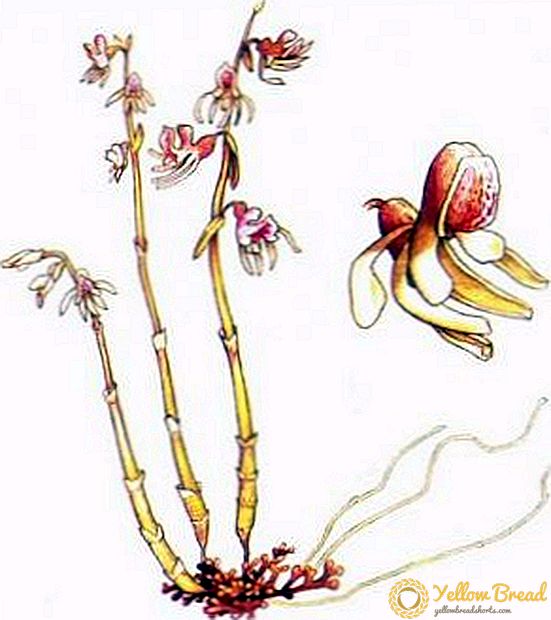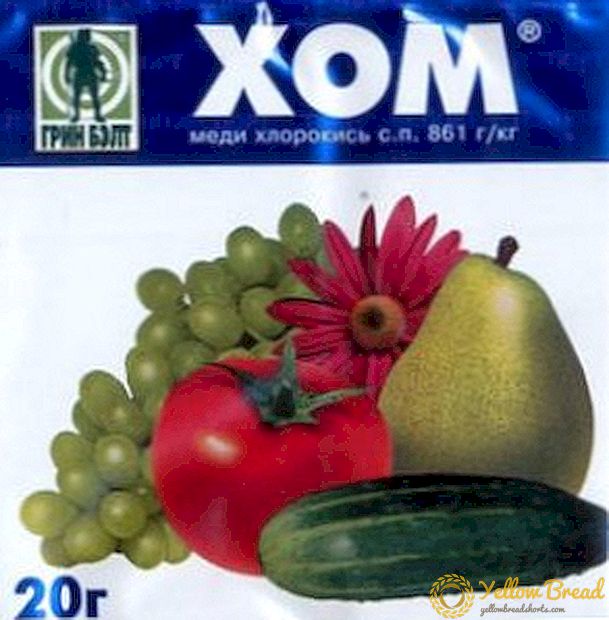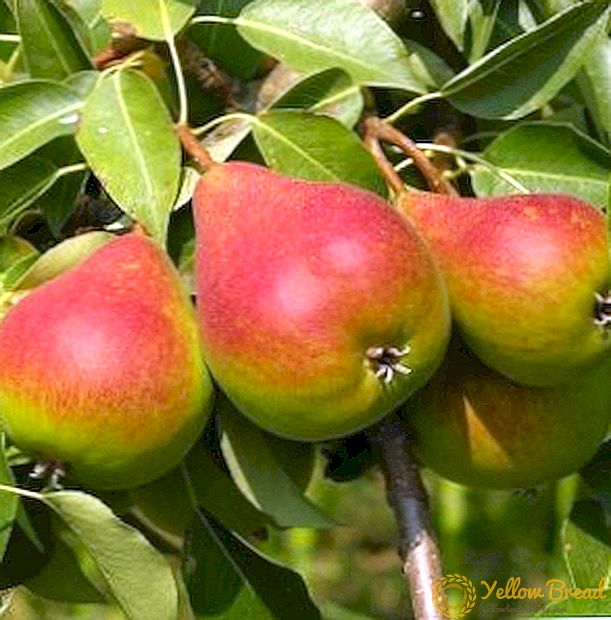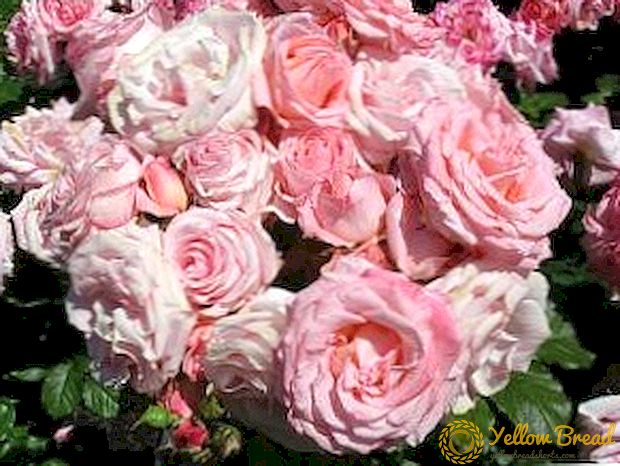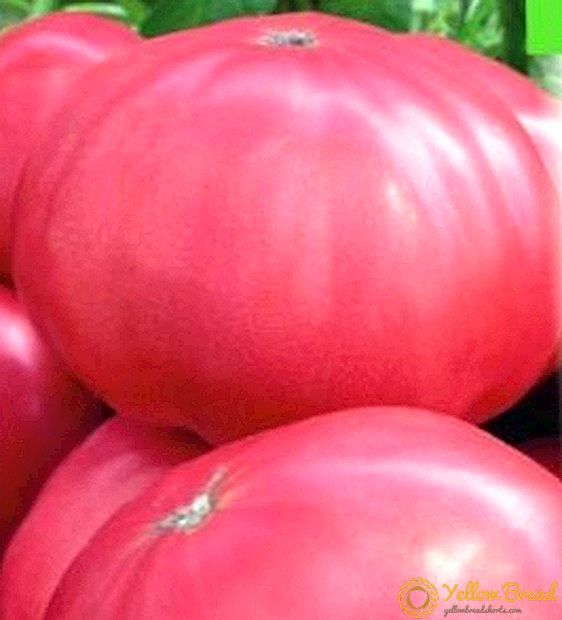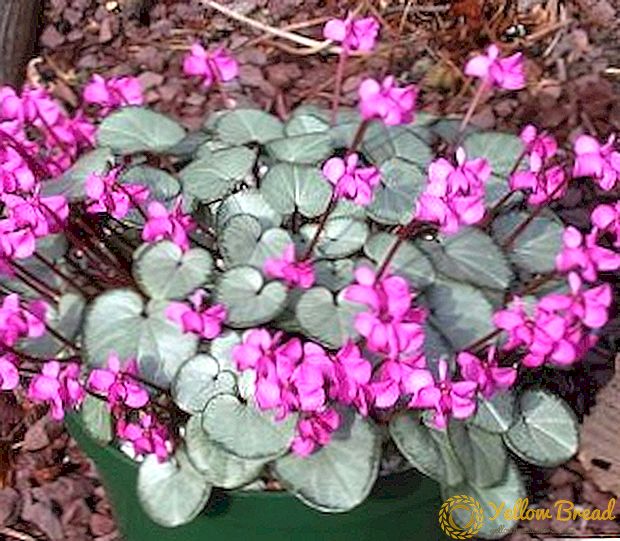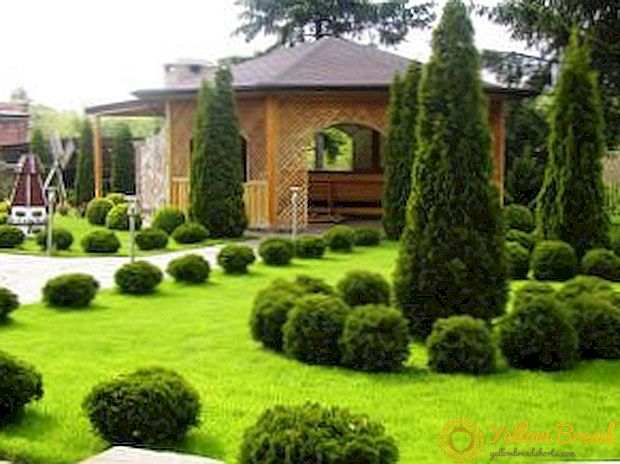
Initially, landscape design is considered by many ordinary people as a kind of elite product or leisure.
A common opinion suggests the ability to do landscape design only with the release of some time and money.
If we describe such an opinion in more detail, then it is considered to be a normal dacha without any measured adjustment of planting or with chaotic adjustment.
Owners consider it possible to engage in landscape design only when the need to grow something on the beds and spend more money on different plants and time to plan the space will disappear.
Although in reality, for example, expenditures on funds from pests and temporary resources on the elimination of plant diseases are not taken into account.
This is where a significant fallacy lies. Landscape design is in fact one of the primary factors that makes it possible to eliminate pests and plant diseases. This is what will be discussed further.
Proper use of landscape design allows plants to receive immunity and become more robust.Often, many gardeners use a variety of pest remedies, but they are not effective.
However, if you use landscape design these difficulties are easy to eliminate and do not spend any time or money on the treatment of plants.
You do not know what soil you have on the plot
 Perhaps this detail is one of the most fundamental, as the plants are sensitive to the soil and it makes no sense to choose plants for soil that does not correspond to the needs at all.
Perhaps this detail is one of the most fundamental, as the plants are sensitive to the soil and it makes no sense to choose plants for soil that does not correspond to the needs at all.
Accordingly, you first need to determine the type of soil.
After that, there are two options that you can, however, combine.
The first option is to choose plants for your particular soil type.
The second option is a local change of soil, that is, where you plant the plants, you make a hole that you fill with the appropriate type of soil.
Of course, some gardeners can afford to completely change the type of soil on the site. However, this option is not available to everyone and, frankly, is not the most rational. Therefore, we will not consider this option.
To determine the type of soil is not difficult, for this there are special laboratories where you can take the analysis.It is best to take the soil from different parts of the site, as the soil can vary depending on location.
After that you will be able to provide the following information.:
- mechanical composition;
- acidity;
- trace elements and other components.
Crop rotation is not respected.
 This word is called planting in new spaces.
This word is called planting in new spaces.
The meaning of this is simple: plants of one species scoop out concrete elements from the soil and over time there become less of those.
Accordingly, the plants vary in location in order for the soil to produce the desired elements..
This rule also applies to ornamental plants.
Thus, if plants of any species grew on one part of the soil, you need to change this species in order to plant new plants there.
We emphasize that this is not about any particular variety, but even about plant species, since they have similar needs from the ground.
There is no "biological" pest control
One should not rely only on chemical agents, it is best to choose biological methods, that is, plant plants that themselves are capable of scaring off pests and giving immunity to other plants.
These include:
- spices,
- ramson
- bow,
- garlic,
- nasturtium,
- marigold,
- celandine,
- nightshade,
- yarrow,
- ferns,
- pharmaceutical camomile.
Therefore, for example, planting various herbs on the site is not only an action for additional decoration, but also prevention of various diseases. These plants you can dilute the beds or make separate zones of such medicinal plants.
Prevention includes timely harvesting of fallen leaves and other methods. Here's a useful tip: if viburnum grows in the garden, in the fall you need to cut off the young shoots, in which the aphid is always actively developing.
Try to use more natural helpers:
- cats in the garden will save from mice and moles;
- birds eat insects;
- frogs, hedgehogs, other insects will also help if you use a minimum of chemistry on the site and they can exist there normally.
By the way, during the winter period, birds should not be fed with seeds and berries, as seeds that have fallen into the ground attract mice. As you can see, if you reasonably treat such elementary details, nature itself will help you get rid of pests.
Cleanliness and order are not respected.
Actually, the advice here is quite simple, you just need to remove various contaminants in a timely manner and use as natural methods as possible.
It is necessary to remove the foliage, cut branches, weed out.
Ensure normal ventilation of the garden, do not allow excessive growth, use natural methods for pest control, like garlic tincture, tincture of tomato tops or yarrow.
Do nothing to increase plant immunity
 Often in gardens there are various negative factors that reduce immunity.They can be very different from frost to drought.
Often in gardens there are various negative factors that reduce immunity.They can be very different from frost to drought.
If plants are often under stress, it is difficult for them to maintain their natural immunity. In addition, if you use chemicals, the control mechanisms in the plant itself become less active. As a result, the plant receives reduced immunity.
Here you should use a variety of additives, but those that stimulate the natural abilities of plants. Of the most common and effective advise:
- Guardian;
- Zircon;
- Epin.
Need a lawn
Just a lawn near the house that you did not plant with special plants is not considered a lawn. The essence of the lawn is dense turf and varieties of plants that do not attract pests.
If you left just grass that is mixed with weeds, then pests that often live in such grass will be attracted to the garden.
The garden has a lot of shade
 The abundance of light has a positive effect on the garden.
The abundance of light has a positive effect on the garden.
At the same time in modern country spaces shading often occurs not only in connection with trees, but also from fences, building elements.
In order to make the space brighter, you need to use the maximum number of reflectors..
By the way, just light tones help with this. For example, white walls and flowers of light color add space to light.
Well, if you can use different reflectors that increase the degree of illumination.
These include natural ones like a reservoir, and artificial ones like garden mirrors and reflectors.
Plant balance is disturbed
There should be an emphasis on quality, but not on quantity. It is about all plants and ornamental and fruit and berry. Try to choose only what you need and in small quantities.
It is better to take a pair of frost-resistant shrubs for your weather and soil, than to fill the garden with an immense amount. Also act with trees and flowers. Take only the best and those that differ in maximum efficiency.
You plant plants too rarely and allow extensive monoplants.
In conclusion, we point out a little opposite to the previous advice. It is about planting plants tightly and making a mix of different varieties. If the plants are located tightly, they exchange phytohormones and improve the immunity of each other.
In addition, the program is launched on a more active growth in the struggle between different varieties. Thus, they become more stable and healthy. Therefore, try (in particular, about herbaceous plants) to plant different varieties tightly and maintain diversity.

